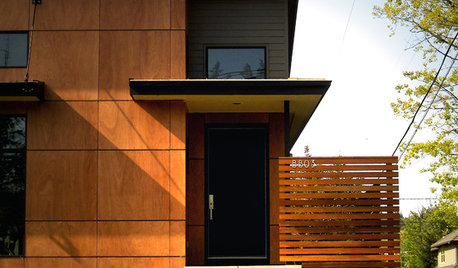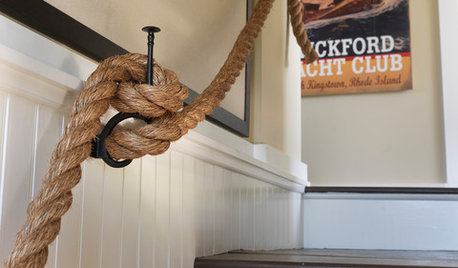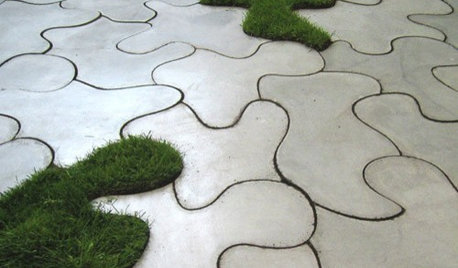Adding fiber
Snomam
18 years ago
Featured Answer
Sort by:Oldest
Comments (24)
rcp1959
18 years agotango88
18 years agorickharmer
18 years agotufaenough
18 years agoSnomam
18 years agoclub_53
18 years agotango88
18 years agorcp1959
18 years agotango88
18 years agorcp1959
18 years agoGardenChicken
18 years agorustinj
18 years agoleftwood
18 years agocoastal_concepts
18 years agoRunning_Dog
18 years agocoastal_concepts
18 years agoRunning_Dog
18 years agoRunning_Dog
18 years agorickharmer
18 years agoairfun
18 years agoRunning_Dog
18 years agoairfun
18 years agoRunning_Dog
18 years ago
Related Stories

SHOP HOUZZShop Houzz: Natural and Upcycled Fiber Rug Sale
Give your floors an earthy update with up to 55% off
Full Story0

RUGS6 Great Places for a Natural Fiber Rug
One rug fits all: See where and why you can use this foot-friendly, understated accent
Full Story
DECORATING GUIDESTextile Textbook: Know Your Natural Fibers
Whether you desire fresh linen sheets or a swanky mohair rug, Mother Earth has you covered
Full Story
DESIGN DICTIONARYCladding
Wood, stone, metal, fiber cement siding protect exteriors while adding significant architectural appeal
Full Story
MOST POPULARWhat to Know About Adding a Deck
Want to increase your living space outside? Learn the requirements, costs and other considerations for building a deck
Full Story
GREAT HOME PROJECTSWhat to Know About Adding a Reclaimed-Wood Wall
Here’s advice on where to put it, how to find and select wood, what it might cost and how to get it done
Full Story
SHOP HOUZZShop Houzz: Going Bananas
From punchy color to sustainable fibers, bananas offer a bunch of great ways to go tropical
Full Story
DECORATING GUIDESRustic Rope Pulls Shipshape Design Together
Rope's natural fibers add interest and texture to all kinds of spaces
Full Story
GREEN DECORATINGEasy Green: Natural Fabrics Refine Rooms
From everyday organic cottons to luxurious silks, natural fibers add a feel-good factor to the home in more ways than one
Full Story0

PRODUCT PICKSGuest Picks: Concrete Ideas for Patios and Decks
Look to lightweight fiber cement for functional outdoor furniture and accessories that are heavy on style
Full StorySponsored






coastal_concepts